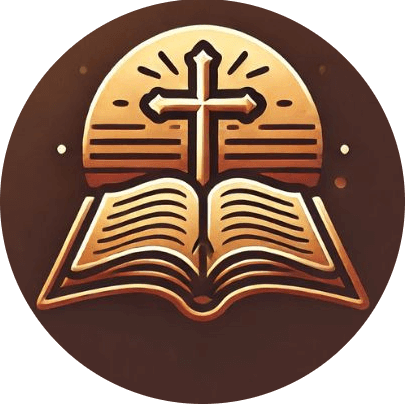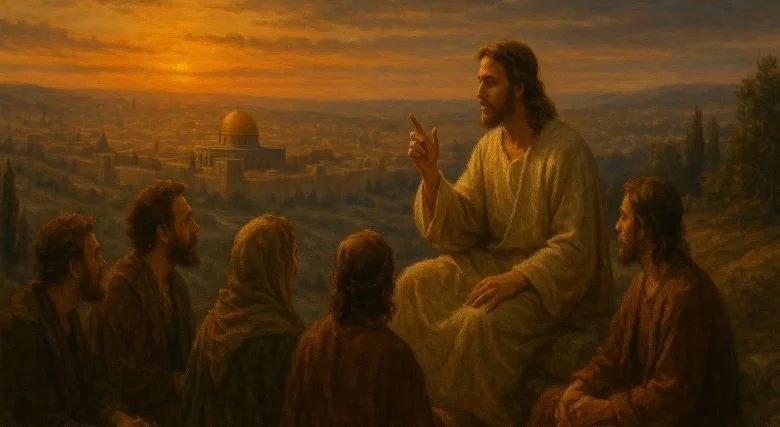The Olivet Discourse: Jesus’ Prophecy on the End Times and His Return
Updated: May 15, 2025 Have you ever wondered what it must have been like to sit at Jesus’ feet, hearing firsthand His roadmap for the End Times? Just imagine the hushed awe among His closest disciples as the Savior painted the future in vivid, urgent strokes. This powerful moment is captured in what we call … Read more

